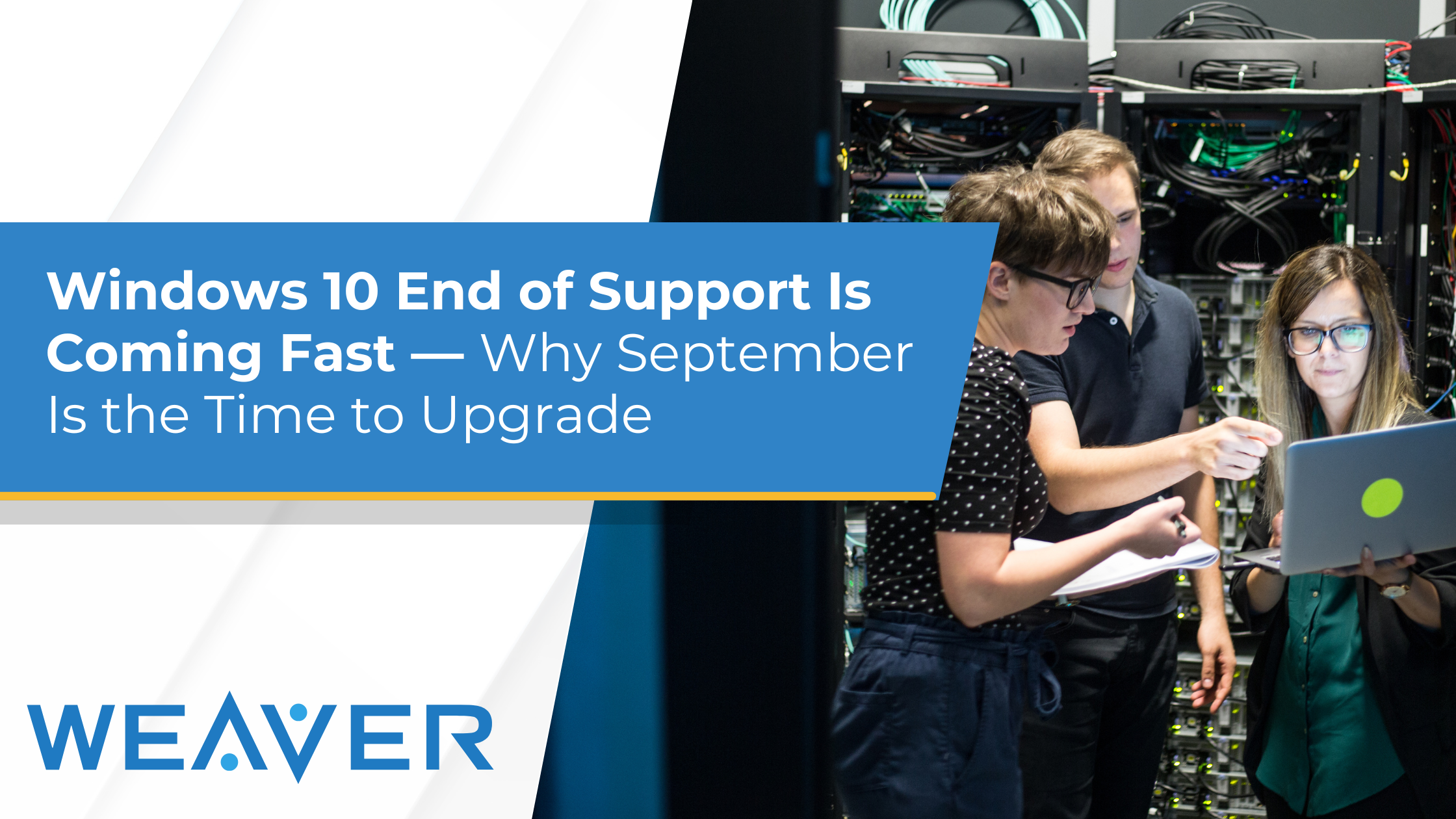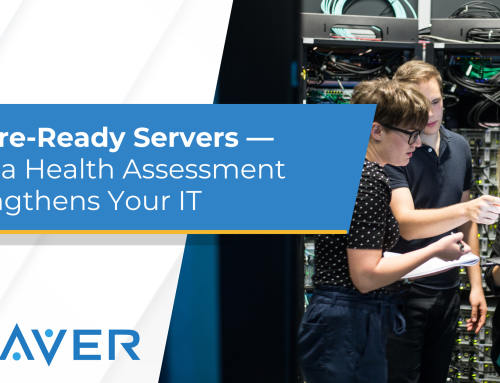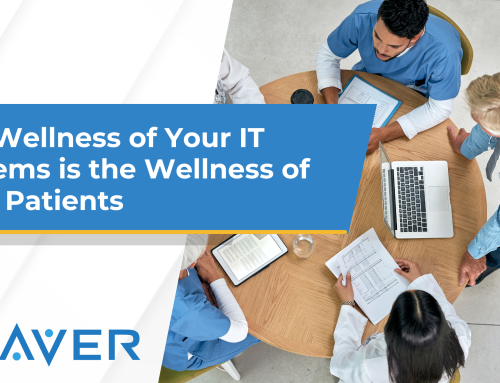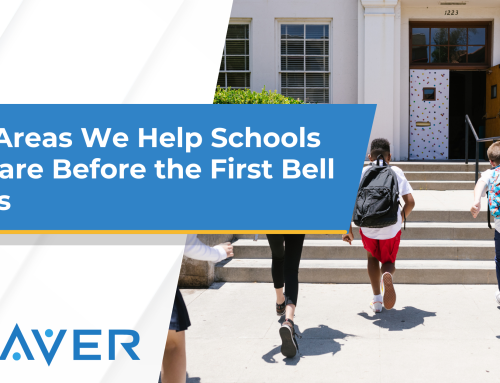The Countdown Is On
The clock is ticking: Windows 10 support officially ends on October 14, 2025. That may sound like plenty of time, but for IT leaders, September 2025 is the real deadline. Waiting until the final weeks leaves little room for planning, testing, or deploying upgrades before support disappears.
For schools, hospitals, government agencies, and businesses alike, the consequences of waiting too long are serious—ranging from security vulnerabilities to compliance issues and costly downtime. Acting this September ensures you stay ahead of the rush.
What End of Support Really Means
When Microsoft ends support for an operating system, it means:
-
No more security updates — leaving systems exposed to ransomware, phishing, and new zero-day threats.
-
Compliance risks — industries with strict data regulations (HIPAA, FERPA, CJIS, PCI DSS) will face penalties if outdated systems remain in use.
-
Downtime and performance issues — as newer apps and workloads stop supporting Windows 10, IT teams will see increasing compatibility problems.
-
Higher costs later — emergency upgrades, extended support contracts, or rushed deployments are always more expensive than planned transitions.
Why September Is the Critical Month
Many organizations wait until the final quarter to plan upgrades, but by then:
-
Budgets may already be locked. September is often the last chance to allocate funding before year-end.
-
IT resources are stretched thin. October brings fiscal-year closeouts, cybersecurity initiatives, and peak project loads.
-
Vendors and partners book up fast. The closer to the October deadline, the harder it becomes to schedule certified experts.
Upgrading in September avoids the bottleneck, giving your IT team time to test applications, migrate data, and validate compliance without the panic of a looming cutoff.
Upgrade Paths That Make Sense
Moving forward doesn’t have to be disruptive. The right upgrade path depends on your environment and future goals:
-
Windows 11 migration for modern devices, security, and productivity.
-
Server and data center refreshes to ensure backend infrastructure supports the transition.
-
Virtual Desktop Infrastructure (VDI) to give users secure, flexible access.
-
Lifecycle management services to streamline updates and patching going forward.
With proper planning, upgrades can be paired with broader modernization initiatives like stronger cybersecurity, AI-ready infrastructure, and cloud adoption.
How Weaver Can Help
At Weaver Technologies, we specialize in guiding organizations through critical transitions. As a Dell Titanium Partner with proven expertise in Microsoft environments, we:
-
Assess your existing infrastructure and Windows 10 dependencies.
-
Identify compliance risks and hidden security gaps.
-
Build a clear, cost-effective upgrade roadmap.
-
Handle implementation with minimal disruption to your operations.
We don’t just help you upgrade—we help you position your IT environment for the future.
Don’t Wait Until It’s Too Late
By October 2025, the scramble to leave Windows 10 behind will be at its peak. September is your opportunity to get ahead—to plan, budget, and implement your upgrade with confidence instead of rushing at the last minute.
Start your upgrade journey with Weaver Technologies today. Our team will help you evaluate your environment, map out the right path forward, and ensure your systems are secure, compliant, and future-ready before the deadline hits. Contact us today to get started.







